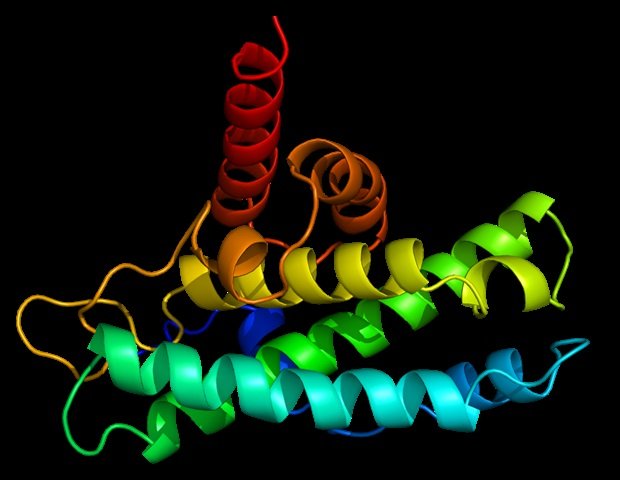Scientists at the Johns Hopkins University School of Medicine and the National Institutes of Health have identified a protein in the visual system of mice that appears to be key to stabilizing the body’s circadian rhythms, regulating the brain’s response to light. The finding, published Dec. 5 in PLoS Biologyadvances efforts to better treat sleep disorders and jet lag, the study authors say.
If circadian rhythms adjusted to every rapid change in illumination, say an eclipse or a very dark and rainy day, they would not be very effective in regulating such periodic behaviors as sleep and hunger. The protein we identified helps the brain during neural development enable stable responses to circadian rhythm challenges from day to day.”
Alex Kolodkin, Ph.D., professor in the Johns Hopkins Department of Neuroscience and associate director of the Institute for Basic Biomedical Sciences
Kolodkin co-led the study with Samer Hattar, Ph.D., head of the Division of Light and Circadian Rhythms at the National Institute of Mental Health.
Scientists have long known that most living things have a circadian “clock,” a set of biological rhythms that operate on a roughly 24-hour cycle that affect alertness, sleepiness, appetite, and body temperature, among other cyclical behaviors. . Overturning this system -? through shift work or long-distance travel across multiple time and light zones in humans, for example – can have serious consequences. Previous studies have linked persistent circadian rhythm disturbances to an increased risk of cancer, depression and a host of other medical problems.
Circadian systems are essentially “trained” by exposure to light. Although researchers have made significant progress in recent decades in describing the mechanisms responsible for circadian rhythms, it has remained unclear how the brain is wired for them.
To learn more, Kolodkin and Hattar, along with study first authors John Hunyara and Kat Daly and their colleagues, searched a database of biological molecules present during development in the mouse brain’s circadian control center rhythms -. the suprachiasmatic nucleus (SCN);
Located deep in both mouse and human brains in the hypothalamus, the SCN is near areas that control vision and makes connections with brain cells leading to the retina, the part of the eye that detects light.
The research team quickly zeroed in on a cell surface protein called teneurin-3 (Tenm3), part of a larger family of proteins that play key roles in the assembly of the visual circuit and other central nervous system circuits more generally.
When the researchers genetically altered the mice to prevent the production of Tenm3, the animals developed fewer connections between the retina and the SCN, compared to animals with intact Tenm3. However, mice lacking Tenm3 developed much greater connectivity between cells in the core and shell of the SCN, where Tenm3 tends to localize.
To see how Tenm3 could stabilize circadian rhythms or have them disrupted by even a tiny bit of light, the scientists designed a set of experiments.
First, they trained mice lacking Tenm3 on a 12-hour light/dark cycle, then shifted the dark period forward by six hours. Mice with intact Tenm3 took about four days to readjust their circadian rhythms to the shift, as measured by activity patterns diagnostic of normal sleep cycles. Animals lacking Tenm3, however, adapted much faster, in about half the time.
When the researchers performed a similar experiment with light twice as dim as the previous test, it took the Tenm3-intact mice about eight days to adjust their circadian cycle, but only about four days for the mice without Tenm3. Even a 15-minute pulse of dim light triggered the mice lacking Tenm3 — but not the mice with normal Tenm3 protein. for the production of a brain chemical that serves as a proxy for light exposure, suggesting an increased sensitivity to light cues necessary to regulate or reset the circadian clock.
These findings suggest to the authors that Tenm3 helps the brain maintain stable circadian rhythms even when light exposure is variable. By learning more about this system and Tenm3’s role, Hattar says, researchers may eventually be able to diagnose and treat dysfunctions that lead to insomnia and other sleep disorders in humans, or possibly develop treatments for jet lag.
“There are very clear implications for human health,” he says.
Other Johns Hopkins researchers who contributed to this study include Katherine Torres.
This study was funded by grants from the NIH (R01EY032095) and the Intramural Research Program at NIMH (ZIAMH002964).
Source:
Journal Reference:
Hunyara, JL, et al. (2023). Teneurin-3 regulates non-image visual circuit generation and response to light in the suprachiasmatic nucleus. PLOS Biology. doi.org/10.1371/journal.pbio.3002412.
